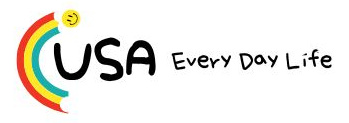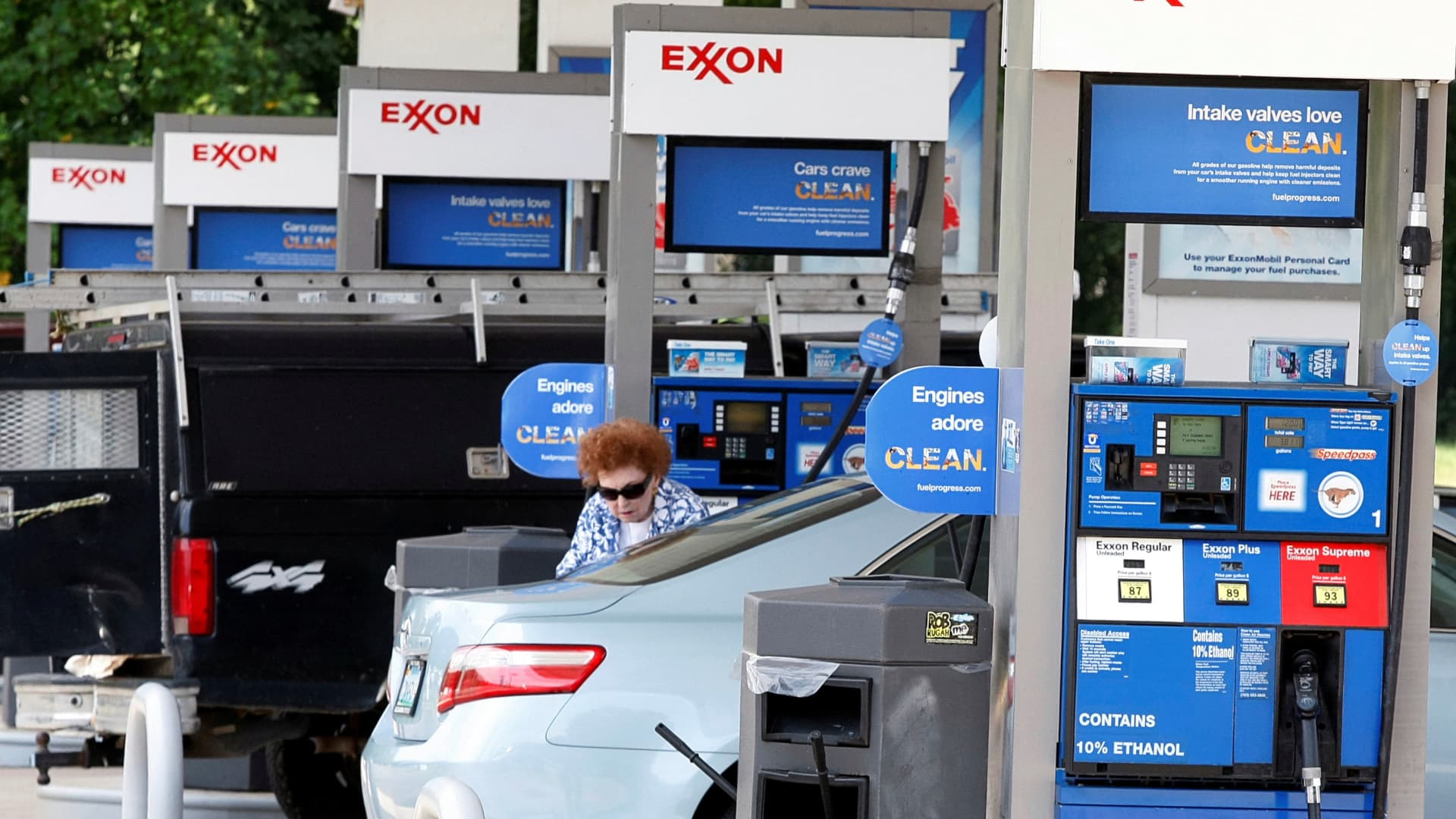Income-focused investors can find attractive dividends in the market right now, but should dig beneath the surface before buying, according to Bank of America. High dividend yields can sometimes mask issues inside companies. Those payout can also be in danger of being cut if corporations run into trouble. For example, Whirlpool currently yields over 8%, but said Monday it’s planning to reduce its quarterly dividend to 90 cents a share, from $1.75 a share. In addition, the appliance maker slashed its full-year guidance, saying tariffs were causing competitors to stockpile Asian imports in the U.S. That said, there are many companies that pay solid dividends that have the cash flow to cover them. Those payouts are also expected have more of an impact on future returns than they have in the recent past, said Savita Subramanian, equity and quant strategist with Bank of America Securities “We are now in a total return world in which the contribution of dividends to total market returns could be significantly higher than it was in the last decade, a period marked by falling cash yields and lofty price returns,” she said in a note published Friday. “We advise investors to seek out companies with above-market but not stretched dividend yields,” the strategist added. The S & P 500 index as a whole currently yields 1.16% To find stocks that qualify, with safe, above-average yields, Subramanian looked first at the Russell 1000 . The team calculated and ranked companies by their trailing 12-month yield. Those in the second quintile of dividend yielders are less likely to include distressed companies that may migrate up to the first quintile, the highest dividend yield group, if their stock price falls ahead of potential dividend cuts, she said. “Quintile 2 also incorporates a ‘buy low, sell high’ valuation discipline in that if prices rise faster than dividends grow, companies would likely migrate into Quintile 3,” Subramanian said. Here are some of the stocks that made the screen for July, according to Bank of America. Exxon Mobil currently boasts a 3.5% dividend yield and is up nearly 5% so far this year. The largest energy company in the U.S. has increased its dividend for 42 consecutive years, senior vice president Jack Williams said at a conference in June. The company is set to report second-quarter earnings on Friday. In May, Exxon Mobil first-quarter earnings topped analyst estimates , but revenue fell short. The stock has an average rating among analysts of overweight and 10% upside to the average price target, according to FactSet data. American Electric Power , which pays a dividend equal to a 3.4% yield, reported premarket Wednesday that second-quarter revenue and operating earnings topped analyst expectations. The Columbus, Ohio-based utility also said it expects to announce a new, five-year capital plan of about $70 billion later this year. “AEP is strategically positioned for sustained growth as we transform the electric grid and invest in new resources to meet the generational load growth opportunity in front of us, benefiting our customers, communities and all other stakeholders,” CEO Bill Fehrman said in a statement. Shares have gained 23% year to date. Ventas , which has a dividend yield of 2.9%, is set to report second-quarter financial results after the bell Wednesday. The real estate investment trust’s portfolio includes senior housing communities, skilled nursing facilities and medical office buildings in 1,400 properties across the U.S., Canada and United Kingdom. Several Wall Street analysts like Ventas as a play on an aging population . It has an average rating of buy from those covering the stock and 13% upside to the average price target, according to FactSet. Shares have moved 14% higher so far this year. Analysts also recommend Philip Morris International . The stock has an average rating of overweight among analysts, and 17% upside to the consensus price target, per FactSet. PM YTD mountain Philp Morris International year to date The Marlboro cigarette maker, which yields 3.3%, recently reported disappointing revenue for its second quarter, although earnings topped expectations and it raised full-year guidance. While the stock fell 8% on the results last Tuesday, it is still up 36% for the year thanks to the popularity of its smoke-free products, notably its Zyn oral nicotine pouch. Philip Morris ultimately plans to replace cigarettes with smoke-free alternatives. Coca-Cola also reported earning s last Tuesday, beating on both the top and bottom lines. The stock has a 2.9% yield and has gained 11% year to date. Coke’s results speak to the resilience of the economy and consumer spending, CEO James Quincey told CNBC after the earnings release. Meanwhile, the Sprite and Fanta maker has been weighing the potential impact of tariffs, he said. “We have certainly seem, so far as we manage the business in the U.S., that we haven’t needed to do any big adjustments so far this year. And we are pretty confident we can see the year through managing all the puts and takes,” Quincy said in an interview with ” Money Movers .” Coca-Cola has an average rating of overweight among analysts and 15% upside to the average price target, according to FactSet.





